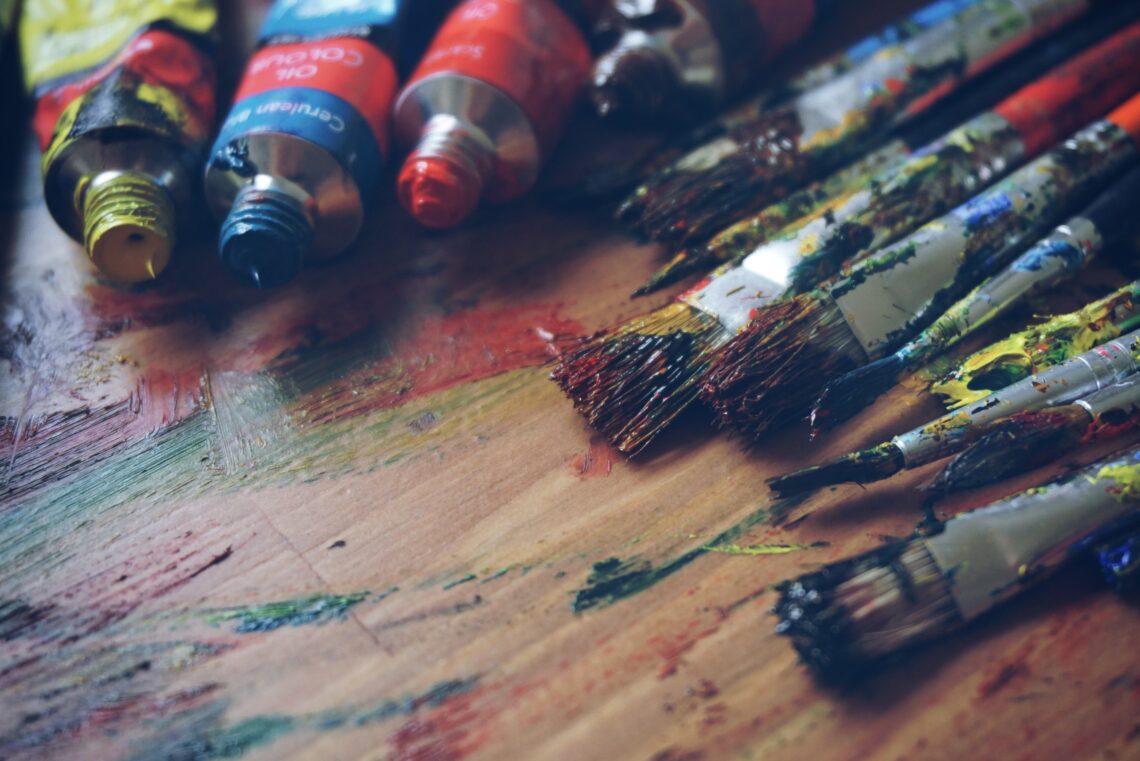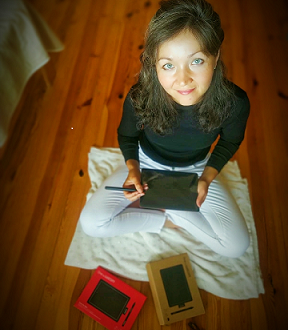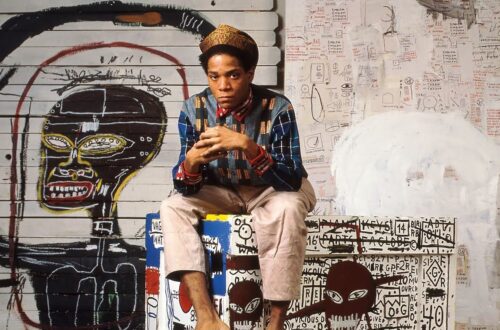At balthasart, we know how it goes. Your art craft was not something built in a day, and you will never stop learning and adding to your talents! For example, for painting, there is so much to master! It takes a lot of effort, patience, and precision to achieve your artistic vision. Maybe you have already dabbled with oil paints, or you just want to use them to extend your skills, just know that while they aren’t the simplest medium to work with, the results may be spectacular. Oil paints allow you to create works of art with grass that appears to be softly blowing in the breeze or people that appear to be dancing.
So, whether you’re a complete newcomer to painting or have previously worked with a variety of materials to create your art, this list of top tips from balthasart will help you navigate your way through a world of colors and light. Enjoy these 5 tips from our experts on how to get started with oil painting! Grab your oil paints, get some brushes and paper, and let’s get to it!
1. Understand Your Materials
It’s important to pay attention to the components in your oils while working with them. While most oil paints are manufactured with natural, non-toxic ingredients, many still include solvents, and a few even contain very poisonous turpentine. Because both solvents and turpentine are extremely flammable, you should operate in a well-ventilated location away from any potential fire sources.
2. You Can’t Mix Mediums
Because water and oil can not mix, the solvents and turpentine components are a necessary evil in oil painting. Unfortunately, this means you won’t be able to wash your brushes in water. Once you’ve completed painting for the day, make sure you have some form of solvent cleaner on hand so you can clean your brushes before the following session. Make it a practice to clean your brushes after each usage, and they will last you a long time.
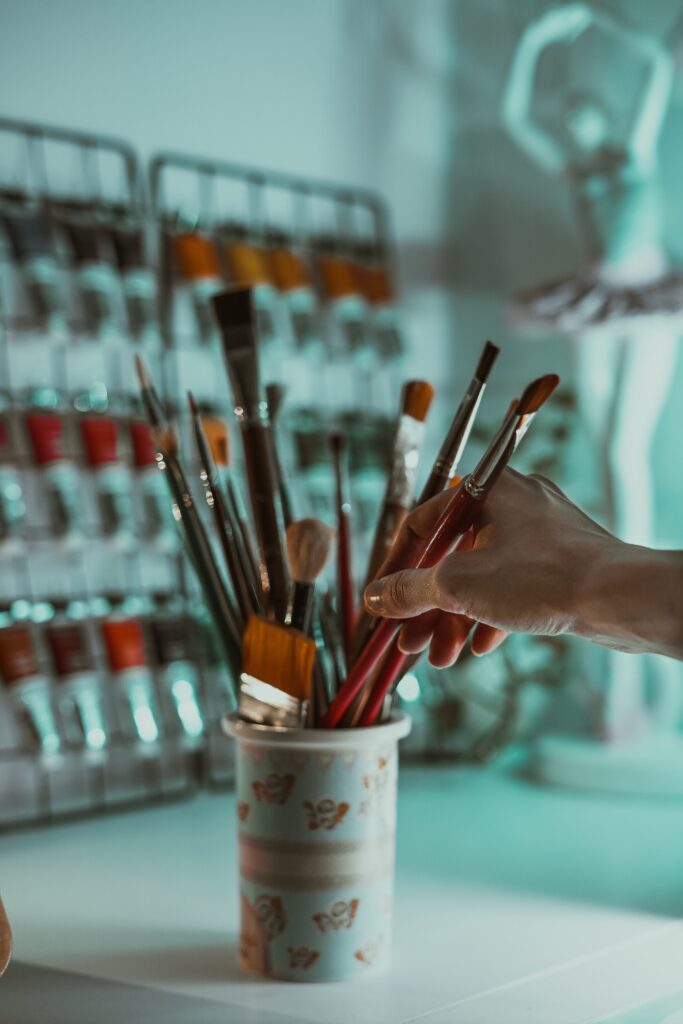
3. Take Your Time Putting Together Your Kit
In life, you can’t rush greatness, and the same is true in art, including the instruments you’re using. Spend some time learning about the various brush types; there are many different shapes and styles to choose from. Because your painting is unique and personal, use a brush that feels good in your hand.
When it comes to oil paints, it’s best to start with the less expensive types and work your way up to the more expensive variations as your confidence grows. Start with two or three main colors that are easy to blend and gradually expand your palette as you discover how to effectively combine the shades.
4. Understand Layering Rules
In the art world, there is a basic guideline for layering: “slow before fast.” When it comes to oil paints, those that have been blended with more solvent are thinner and dry faster. The oils are heavier and take much longer to dry when blended with less solvent. It is advised that you use a thinner consistency for the first few layers and a thicker consistency for the final layers. This type of layering ensures that all of the colors have had the time to dry, reducing the risk of damaged paint in your masterpiece.Similarly, if you want to add acrylic paint on an oil painting, oil should always be used first since acrylic dries much faster.
You could also want to experiment with different oils to see how they affect your paint’s consistency. Linseed oil slows drying, but Liquin accelerates it. Take some time to experiment and discover the diverse options available.
5. Don’t Take the Palette Knife For Granted
The palette knife is a crucial element of any beginner’s tool set for blending colors before painting. Don’t be deceived into believing that a paintbrush would suffice; a palette knife will provide a lot cleaner, clearer color while also preventing your brushes from becoming clogged with paint.
You should also learn how to paint with a palette knife, since this will allow you to develop a distinct style of painting that does not involve any drawing skills. Your knife can assist you in creating a unique design that will look great in your completed work.
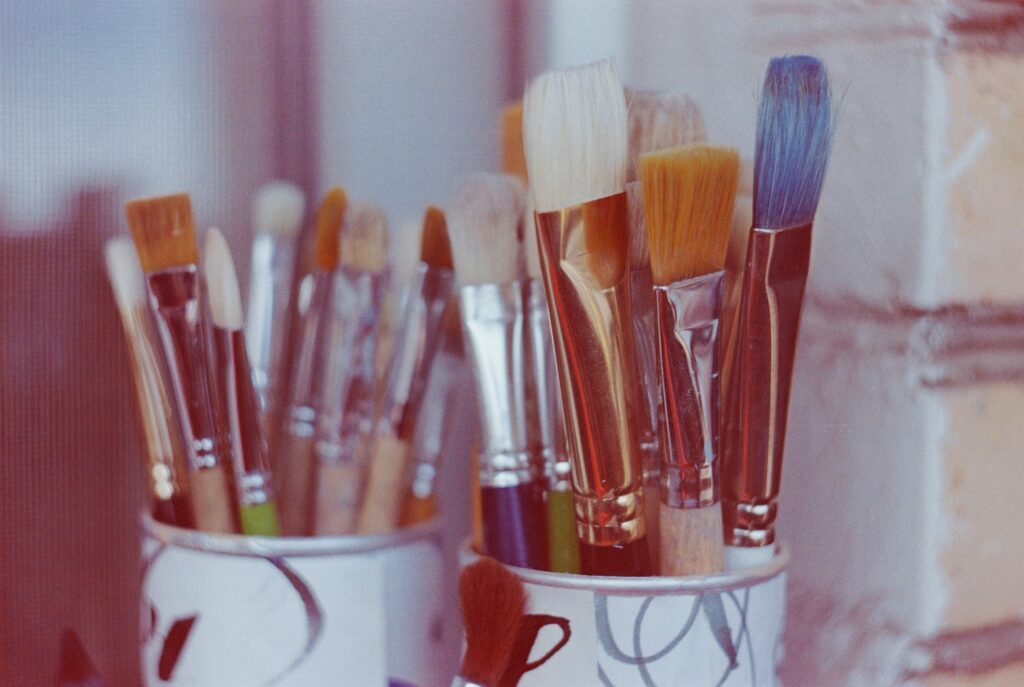
6. Special Bonus Tip! If at first you don’t succeed…
Painting the same object over and over again is a wonderful way to develop your painting technique. Every time you paint, change something about your method so that you grow so familiar with the topic that painting it becomes second nature. Practice makes perfect, and tracking the progress of your art will be fascinating.
We wish you the best of luck on your oil painting journey! Oil painting may be one of the most stressful yet gratifying styles of painting, with incredible results. We hope to see your beautiful oil creations on balthasart soon! Who knows, it may just strike the heart of a collector! Want to join our community of artists and be able to sell your beautiful oil paintings or other type of artwork?

